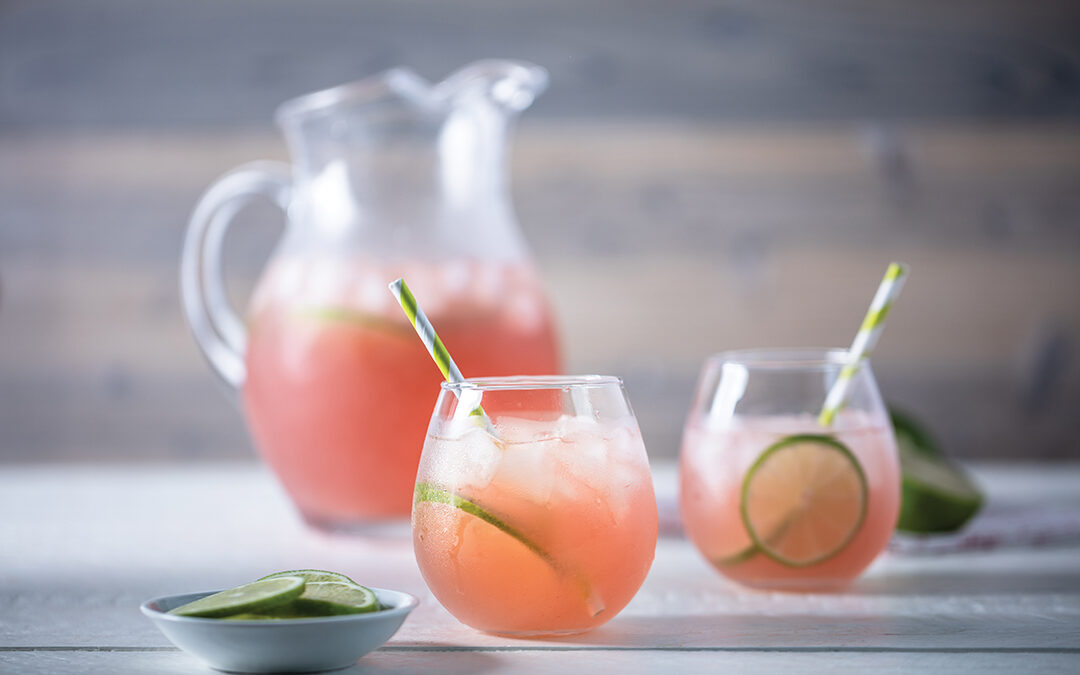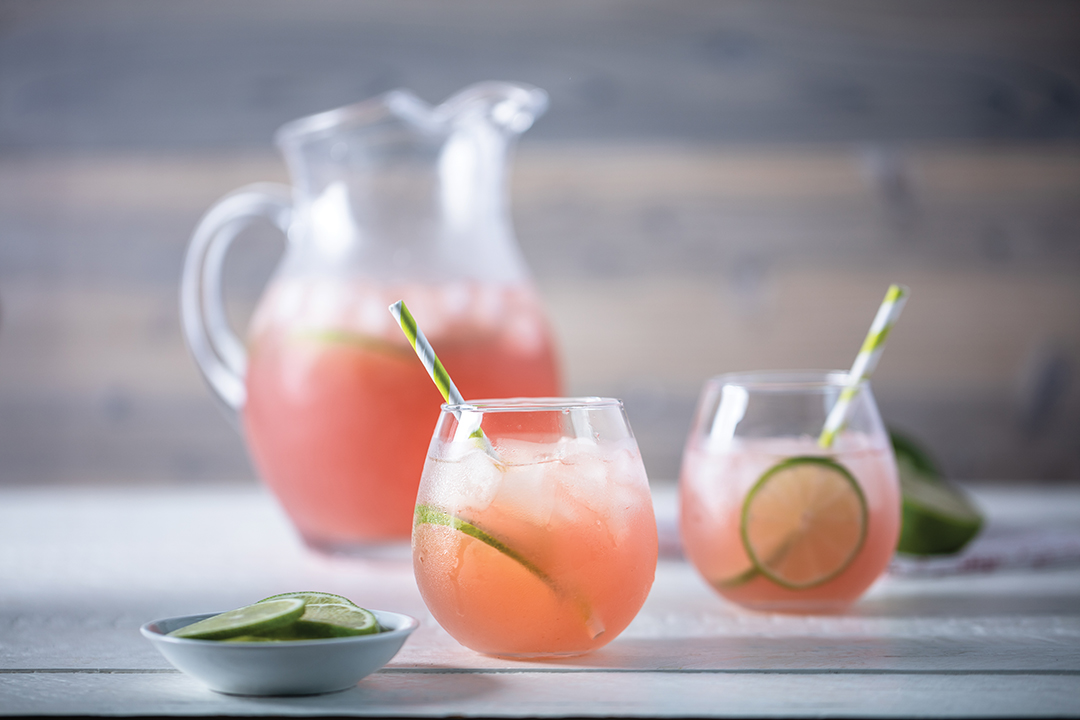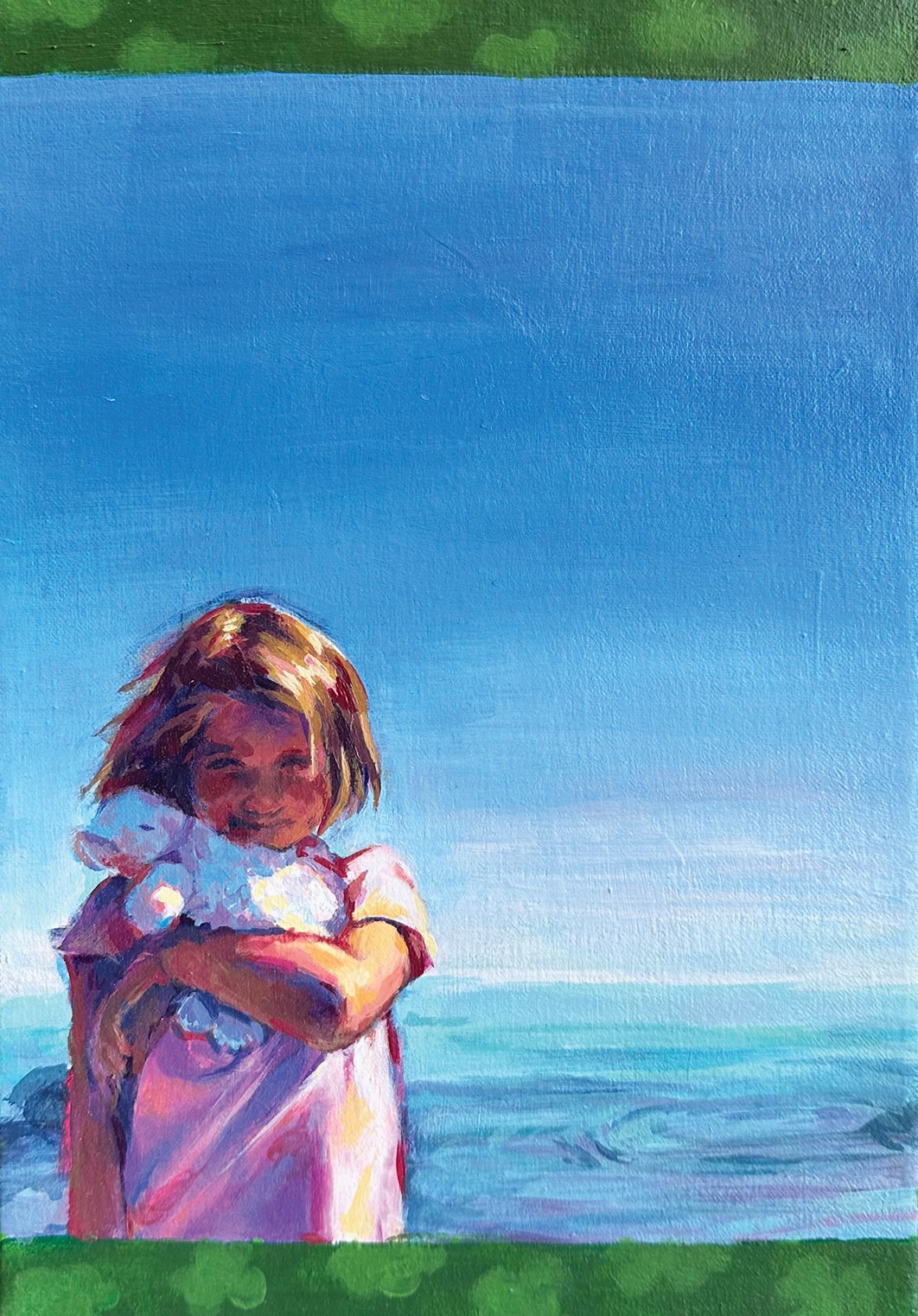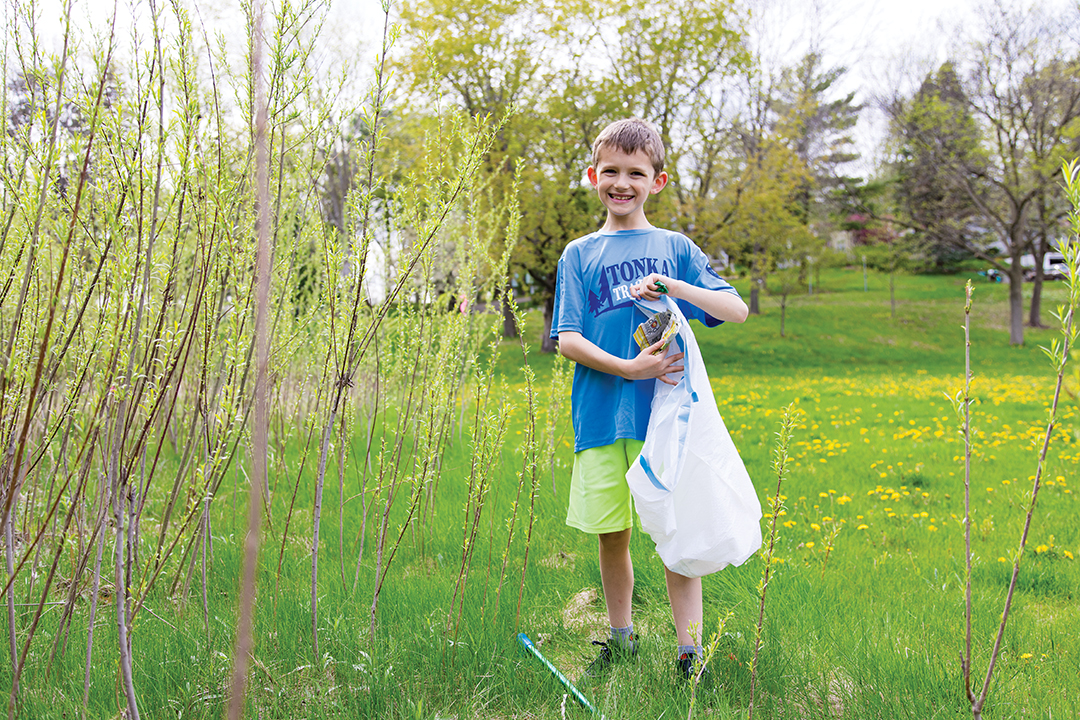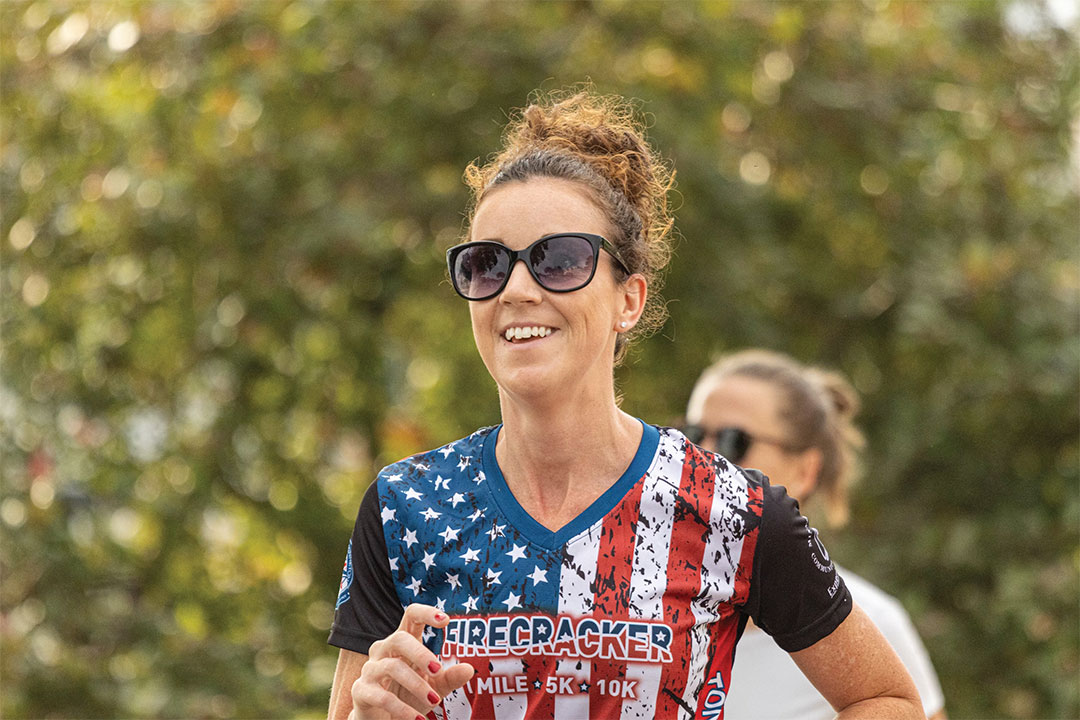
Sailors have the opportunity to practice steering, control the main sail and use their strength to pull on the many lines in the boat. Photo: Emma Sebek
A sailor in Lake Minnetonka Sailing School’s (LMSS) adaptive sailing program loves pulling lines. Another prefers steering. One participant, who is only 10 years old, insists that she’s ready to dock the boat. Others are content to smile, ride the wind and sing. “They’re just giddy,” says Clare Leeper, director of recreational sailing and administration for LMSS. “They raise their arms and cheer. It’s amazing.”
As a college student and longtime sailor, Leeper pitched LMSS’ adaptive program prior to the 2021 season. At the time, her experience with the special needs community included leading a Young Life program for teenagers and young adults with intellectual and developmental disabilities. She was also a head coach for LMSS’ youth recreation program (7–9 year olds). “I was nervous,” Leeper says. “The email to my boss [pitching] the program was long—like a novel.” Regardless of the lengthy word count, her boss gave the green light. Board approval would follow, and the rest, as they say, is history.
After the introductory email about the inaugural program was sent to families, a mother responded by signing her daughter up for all 29 sessions. The first year drew 13 participants, and by the third year, 30 wannabe
sailors were at the ready.

Photo: Clare Leeper
The program runs from the first week of May through early October. In the spring and fall, it meets from 5–7 p.m. on Tuesdays. In the summer, the days switch to Mondays and Tuesdays. The sailboats used in the program are 23-foot Sonars, featuring a heavy keel, which makes each boat very stable and both a mainsail and jib. “We usually only use the mainsail, as we don’t need the extra speed,” Leeper says.
Each boat has its own captain, and each participant is accompanied by a caregiver or volunteer. Classes are limited to two boats and 10 sailors total. Safety comes first, second and third.
LMSS is located on Lake Minnetonka’s Lighthouse Island. Participants arrive via the school’s shuttle pontoon. (Leeper once had a student who never ventured off the pontoon. “It was OK,” she says.) The more experienced sailors know that sailing fast means pulling sails/lines. Others can steer for speed. As for most of the participants, “They sit and take it all in,” Leeper says.
Jacob Cofer, 22, is a rider. “I mostly like to ride the wind,” he says. “The weather is super nice, and I’m outside with my friends.” He adds that sailing isn’t scary and recommends that everyone give it a try. “The lake is very beautiful,” he says. Leeper concurs, saying, “Being on the lake is therapeutic. It’s calming, and it’s soothing. There’s a reason why so many adaptive sports are on the water.”
What to Know
- With more than 1,222 members, the Lake Minnetonka Sailing School (LMSS) is one of the largest sailing schools in the country.
- LMSS was incorporated in 1972 when Minnetonka Yacht Club members proposed an organized sailing education for their children. It was incorporated in 1972. (The club was founded in 1882.)
- At its start, the sailing school operated under a BYOB policy—Bring Your Own Boat.
- Gordy Bowers, senior coach, has a successful sailing career. For example, in 1986 he was named head coach for the U.S. at the Goodwill Games. A year later, he was the U.S. head coach during the Pan American Games and served (1986-1988) as the head coach for the U.S. Olympic team. At that Olympics, the U.S. Sailing Team earned the most medals of any team, including one gold, two silver and two bronze medals.
For more information, visit lmss.us, or email office@lmss.us.


